Graphene nanotubes for PVC-plastisol: electrical conductivity with preserved mechanical properties and light colors
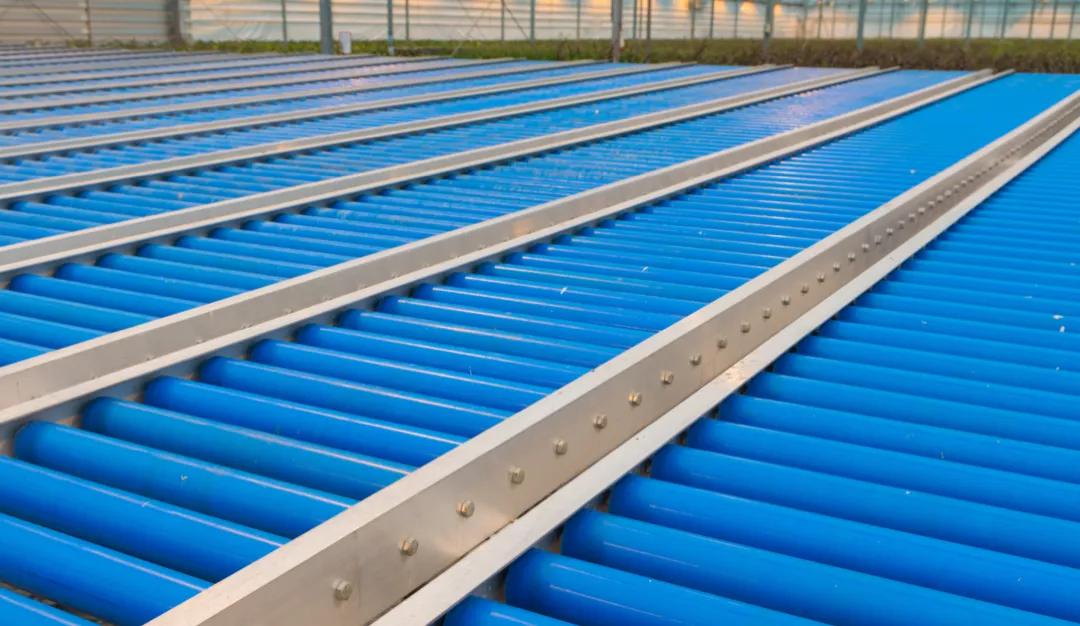
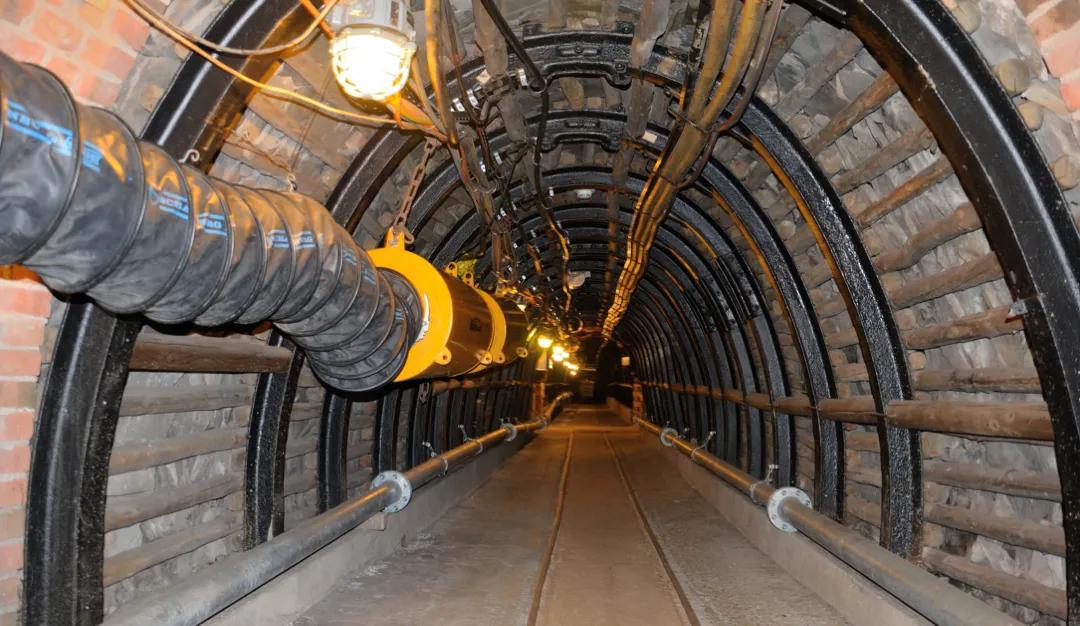
TUBALL™ graphene nanotubes are applied via easy-to-use TUBALL™ MATRIX, a line of anti-static masterbatches based on polymer carriers and pre-dispersed TUBALL™ graphene nanotubes.
TUBALL™ graphene nanotubes, also known as single wall carbon nanotubes, can be used in the production of PVC plastisol systems in compliance with the following standards and recommendations: ANSI/ESD STM2.1, Directive 1994/9/EC and ATEX Directive 95, EN 1149, EN 61340, EN 16350, etc.
Anti-static PVC plastisol systems with TUBALL™ nanotubes are widely adopted for:
- Textiles
- Ventilation ducting
- Mesh for mining applications
- Conveyor belts, including treadmill belts
For PVC-plastisol systems, TUBALL™ MATRIX 814 should be used.
|
Target system |
PVC-plastisol systems |
|
Additive carrier |
Mixture of epoxidized soybean oil and polymeric stabilizing agent |
|
Product |

|
Benefits provided by TUBALL™ MATRIX for PVC-plastisol:
- Ultralow dosage starting from just 0.05 wt.% TUBALL™ graphene nanotubes*
- Maintains good balance of mechanical properties
- Permanent, stable, uniform electrical resistivity without “hot spots”
- Can be applied with various fabrication technologies: dipping, molding, coating, and others
- Allows production of conductive parts that retain colors
- Low dosage gives greater flexibility in the final formulation
- Ease of application and low dosage makes logistics less complex and more efficient
- Production without carbon dust
*Dosages may vary depending on the formulation, processing, and products.
TUBALL™ graphene nanotubes are a versatile conductive agent offering strong performance on all key parameters
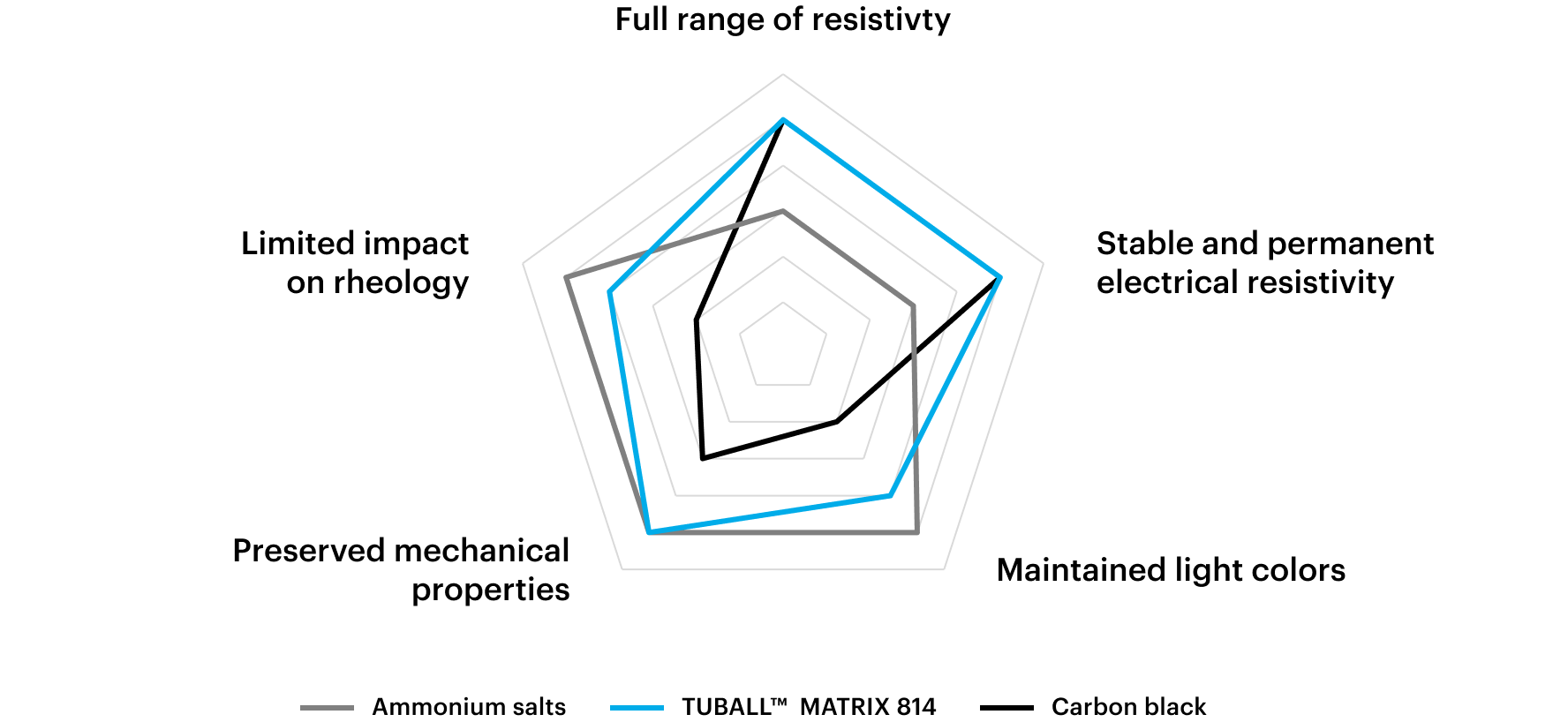
Full range of resistivity while preserving colors
TUBALL™ MATRIX 814 provides a full range of electrical resistance of 104–109 Ω, while allowing for a wide range of colors to meet customer requirements.
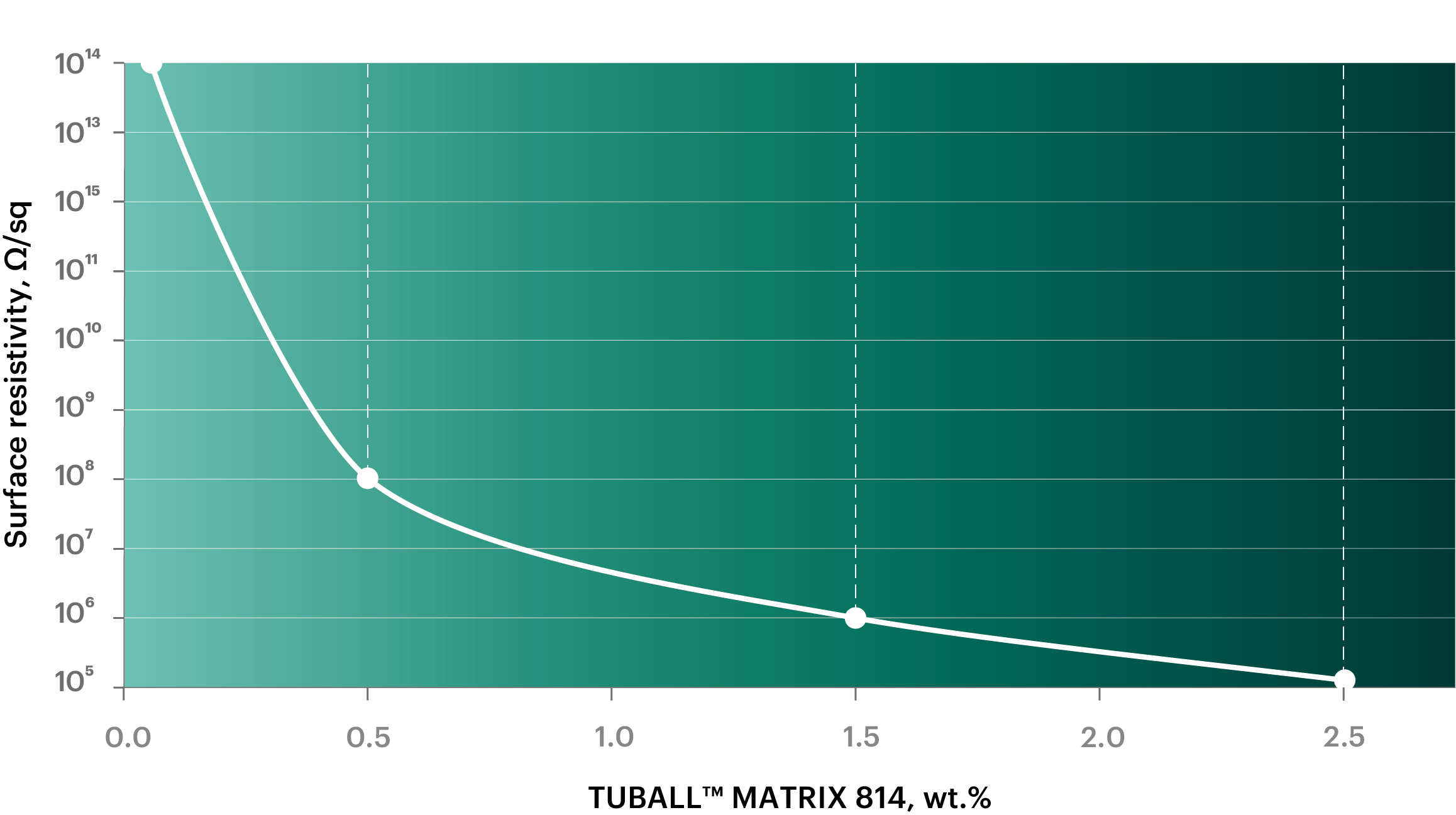
OCSiAl internal PVC-plastisol formulation. Sample thickness: 2 mm. ASTM D257
Stable, permanent electrical resistivity
TUBALL™ MATRIX 814 provides a permanent and stable level of electrical resistivity independent of storage conditions or humidity.
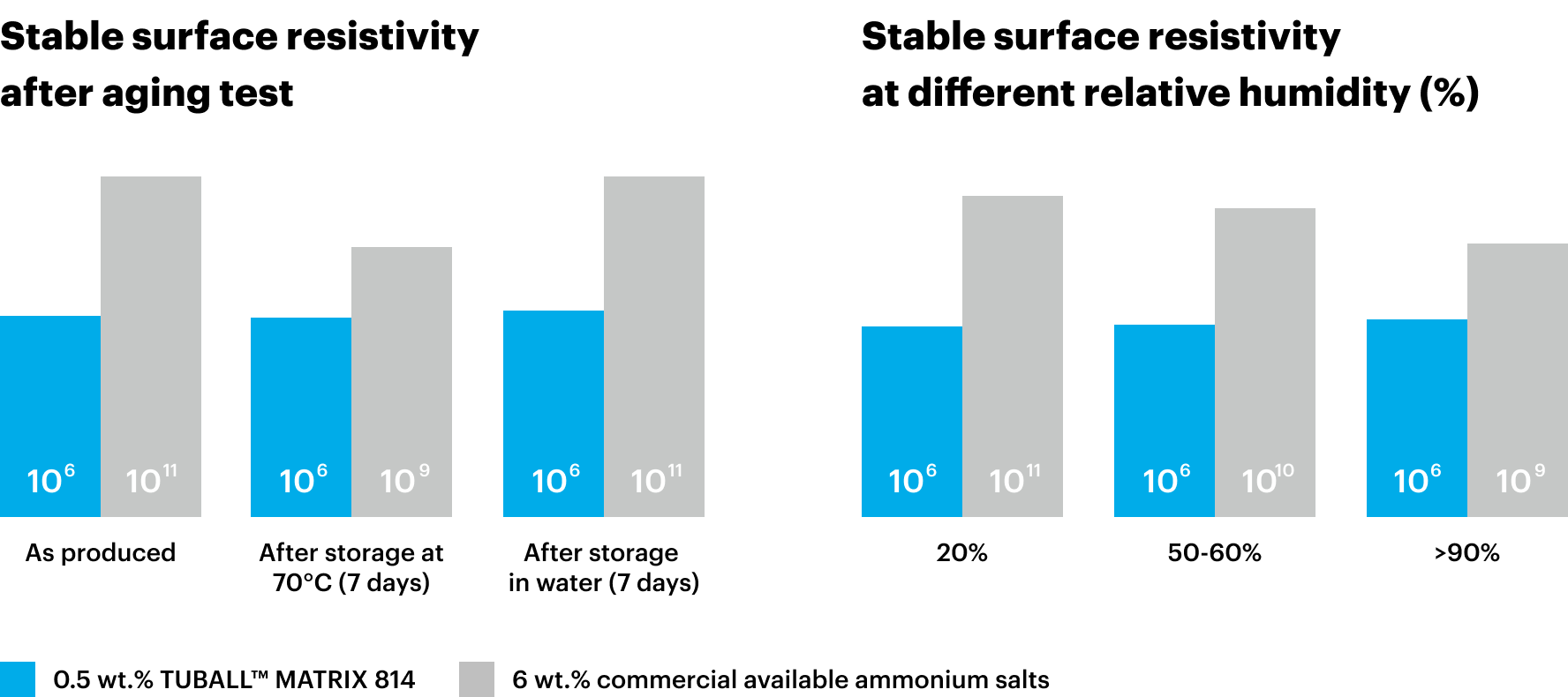
OCSiAl internal PVC-plastisol formulation. Surface resistivity Ω/sq, ASTM D257
Preserved mechanical properties
TUBALL™ MATRIX 814 maintains and even improves the mechanical properties of conductive PVC-plastisol compounds.
Maintained abrasion resistance index
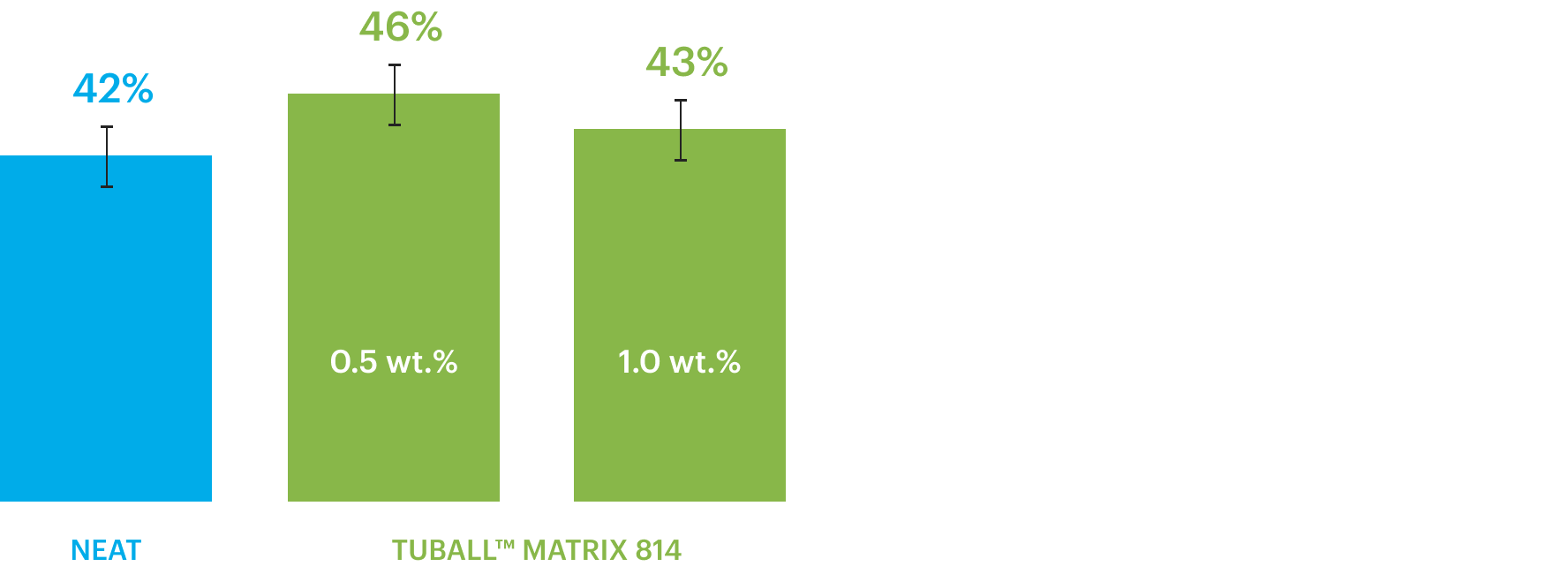
OCSiAl internal PVC-plastisol formulation. ASTM D5963-04
Limited Influence on viscosity
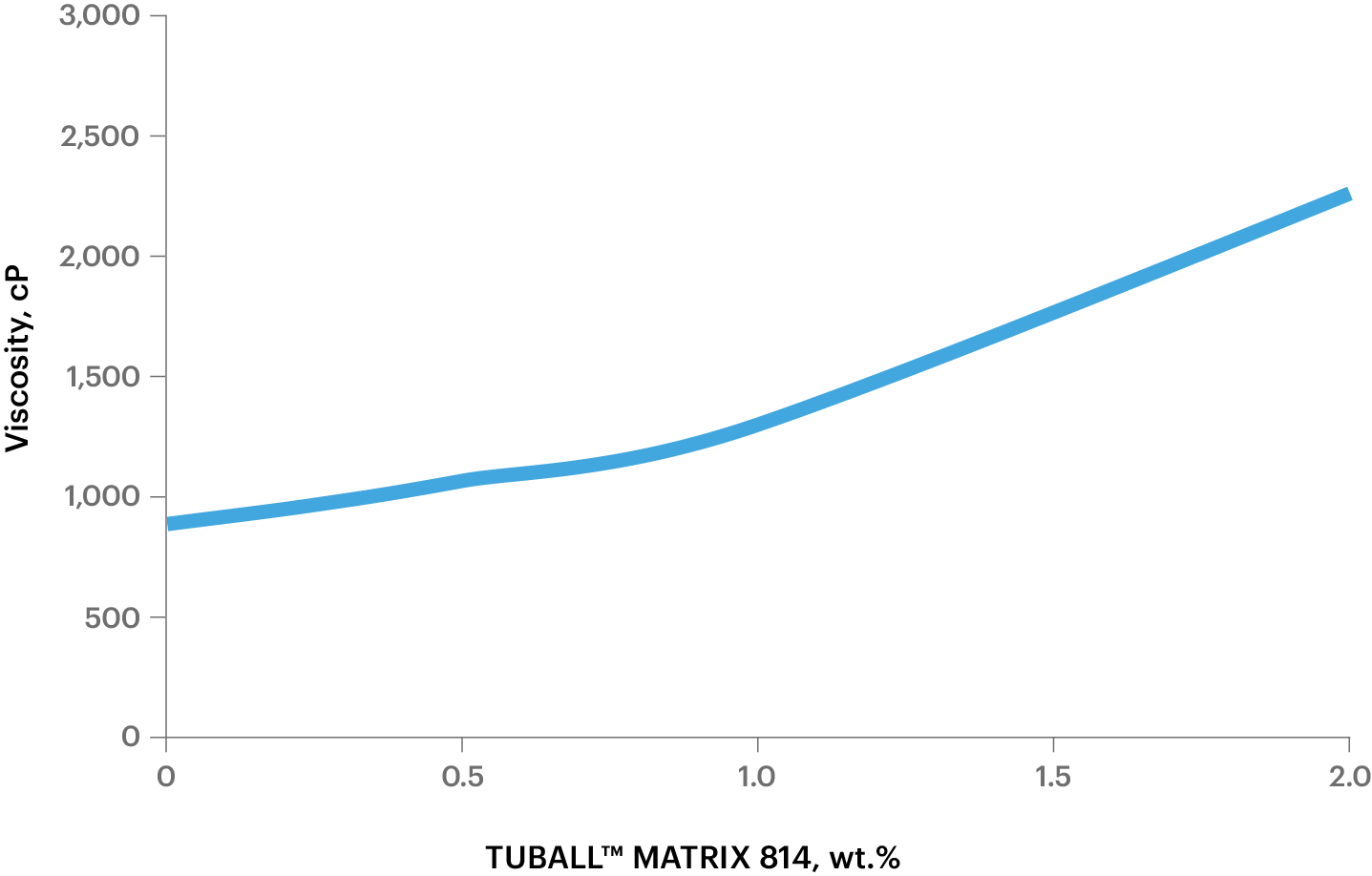
*OCSiAl internal PVC plastisol formulation. Brookfield DV2T viscometer, spindle RV-06, 50 rpm at 25°C
0.5–2.0 wt.% TUBALL™ MATRIX 814 generally leads to acceptable increasing of viscosity for PVC plastisol processing.
Application case
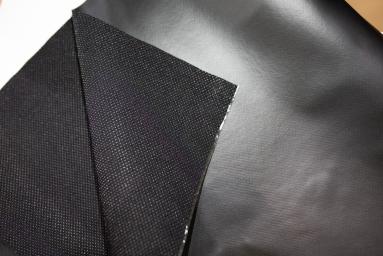
PVC Plastisol-based Textile
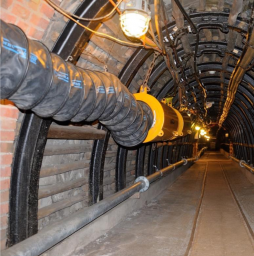
PVC Plastisol-based Flexible Ventilation Ducting

Treadmill belts
Pay close attention to the processing guidelines for TUBALL™ MATRIX 814
Download PDF version:
Additional information
Electrical conductivity for PVC plastisol
Convey with less product damage using anti-static belts
Contact us to discuss your project specifications or to request a TUBALL™ MATRIX sample

